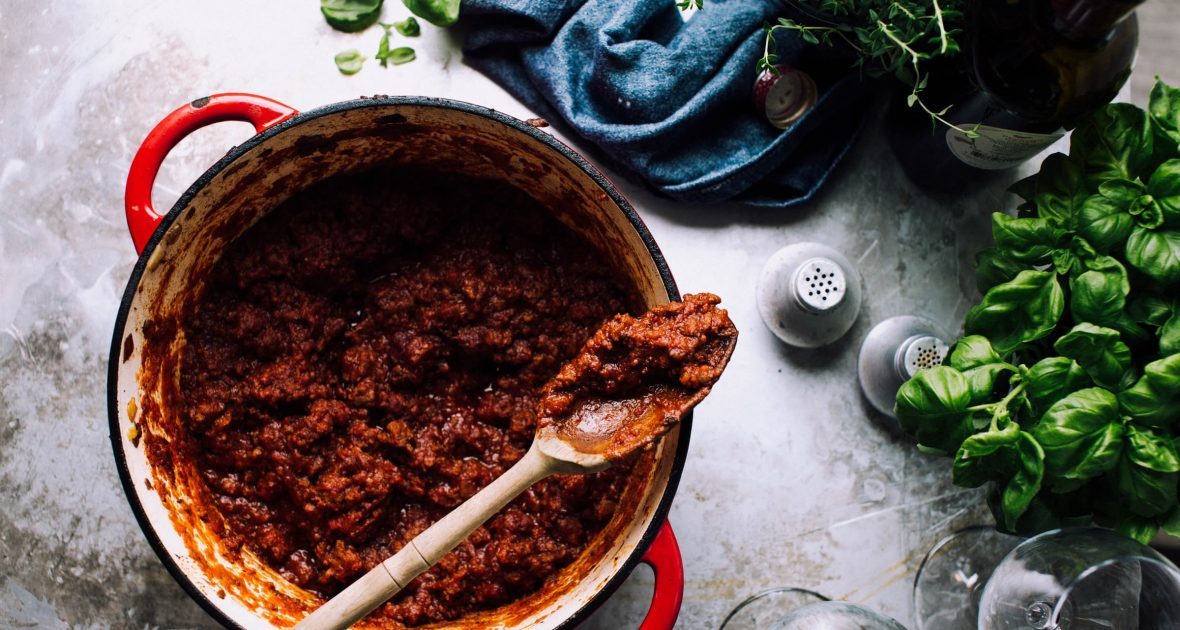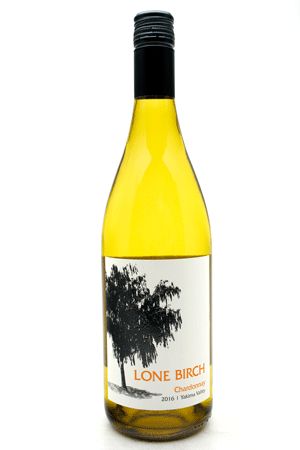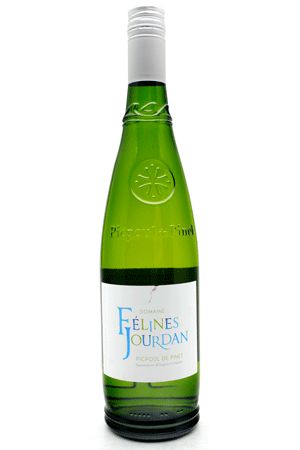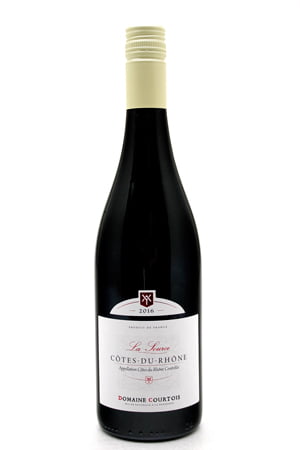
A Culinary Take on “Cooking Wines”
by Mike Schufman
Google searches are like calculators. Using them in a pinch relieves some anxiety, but as my math teacher always said, they prevent us from thinking. If you type in “What wine is good for cooking?” chances are you will come up with something like this:
- (White wine) “You want to use a dry, acidic white wine such as Sauvignon Blanc and avoid Chardonnay.”
- (Red Wine) “You want to use a dry, bold red wine such as a Cabernet Sauvignon or Merlot.”
Wow, big help! Where to start? Not only are these results incredibly vague, they are potentially misleading and don’t break down what makes a wine suitable for cooking. First of all, if you throw a dart at a wine in the store, chances are, you’ll hit it a dry one, meaning that there is little to no residual sugar. This term is often casually used in combination with the true definition to mean “not fruity.” Such phrasing could possibly be even more misleading when assessing the appropriate wine for cooking, which I will explain more later in this blog.
Sauvignon Blanc, for example, varies a great deal depending on where it’s grown, and some varieties may not work well in your cooking applications. As far as reds go, I have worked in several restaurants where cheap Cabernet Sauvignon is used. Whereas Cab is very commonly used to add body and richness to everything from beef stock to lamb stew or any braised red meat dishes, I have never understood why anyone would want to bring so much tannin into the culinary picture- certainly not in the dish itself (more on that later). So, before I make some suggestions, let’s break it down!
In cooking, wine is generally added to deglaze* hot, crusty pans, to balance the flavor profile of a soup, or to give complexity to sauces. Sometimes it is reduced heavily and essentially becomes the entire foundation of the sauce. In other words, it accomplishes fancy flavors while also being functional. Here are the purposes for some of these functions.

- When used to deglaze*, wine’s acidity aids in un-sticking or releasing the fond, a French term for the browned bits of sautéed vegetables, fats, juices, and browned pieces of meat that get stuck to the bottom of the pan (No nonstick cookware for this, please). In doing this, we unleash tons of new, complex, savory flavors into the dish that distribute themselves evenly throughout the dish. As Guy Fieri might say, “It’s like strikin’ oil in Flavortown. You’re gonna be rich!”
- When used to balance the flavor of a soup, we want to provide a contrast. Soups often have a lot of savory, browned, nutty, oniony, umami** flavors. We want to introduce some delicate sweetness, subtle fruitiness, and gentle acidity. Using wine accomplishes this with one ingredient rather than using, say, vinegar, honey, and apple juice. White wine (or sherry) also simply tastes good in soups, particularly poultry-based ones, so it is the most logical ingredient with which to achieve this balance. No one asks, for example, “Why do we put onions in soup?” It just works.
**Note from the kitchen– Umami is not saltiness. It is the 5th basic taste. A loanword from Japanese, it does not perfectly translate to any English words, but most closely translates to “savoriness” or “deliciousness” and refers to the taste of glutamates. These flavors are found in meats, vegetables, soy sauce or miso, cheeses, tomatoes, and mushrooms. The taste is often described as “brothy” or “mouth-watering.” Umami flavors increase in foods with roasting, aging, and fermentation and usually hang out wherever amino acids are present. It is a difficult taste to put into words, but you know it when you taste it. I find umami to be unusual in that it seems to hide or fade when not in the presence of sweetness and saltiness.
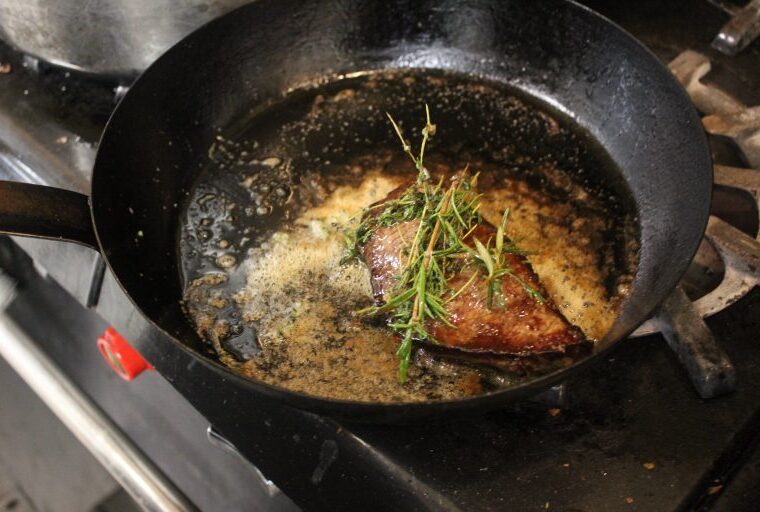
- When used in pan sauces (sauces that are literally built in the pan off of the fond typically created by the seared protein with which the sauce is being served), we deglaze with wine, cognac, or a fortified wine such as marsala or sherry, and then we reduce the wine to intensify the flavors, create viscosity, and cook out the majority of the alcohol, thus tempering the booziness. Often we add fresh herbs, a knob of butter or a splash of cream to make the sauce creamy and rich and to balance the sharp acidity and delicate fruitiness of the wine reduction.
All this considered, selecting the right wine for cooking comes down to:
- How wine tastes in its natural state, before the cooking process. If we know that, we can predict…
- How wine will taste after the cooking process-the end result. Keep in mind that every flavor component, except water and alcohol, will intensify with cooking.
Understanding that sweetness, fruitiness, aroma, and acidity intensify with cooking, we want to give some room for this increase in intensity when selecting a wine for cooking. As I see it, in most cases, we want a wine that is relatively:
- Aromatically neutral. Sure, we want to impart some aroma. However, if the wine has considerable oak influence (lending toasty, nutmeg/baking spice, vanilla or buttery flavors, and astringency), and/or it is a naturally aromatic grape varietal (Such as Gewürztraminer, Riesling, hot-climate Chardonnay, Viognier,), this will result in an overly aromatic dish for most applications. Many aromatic whites also tend to have slightly too much, and often far too much residual sugar for cooking. As far as the oaky Chardonnays go, I have experimented with using them in butter sauces. In such sauces I have found it is better to compliment the butter with contrasting wine rather than double-down on the richness. These “buttery flavors” taste different in a glass as a component of the wine than they do after cooking. That which is perceived as butteriness in a wine tends to turn bitter and overpowering when cooked. Big-bodied, hot-climate Chardonnays also tend to have a cloying fruitiness of ripe mangoes or pineapple that is far too intense for cooking. If you do wish to feature this grape, go for something cooler climate and unoaked. Chablis is not uncommon, but can be expensive, so go for a cooler climate, more affordable, unoaked Chardonnay. Here are two examples from the US.
A to Z Chardonnay – Oregon | $17.99
Lone Birch Chardonnay – Washington | $11.99
- Moderate to high acidity. It is logical to recommend bone dry, extremely acidic wines for cooking. One our goals, after all, are to bring some acidity to the party. But remember, we want a balanced flavor profile after the wine has been cooked out, so we need to leave some headroom. Moderate acidity is usually enough. The fattier the dish, the more demand for acidity. For hot and spicy dishes, go for less acidic varietals, but, to nod to Alton Brown, “that’s another blog.”
- Slightly less fruit-driven for whites, slightly more fruit-driven for reds. This may be somewhat in contrast to the rapid google search. The reason is fairly simple. Dishes that benefit from white wine, such as any poultry dishes, risottos, paellas, soups, or any seafood dishes, demand a subtle fruitiness, hints of fresh herbs, and a pleasant minerality. They benefit from some ripe fruit, but nothing too honeyed or floral. I would avoid styles such as the sweeter varieties from Alsace or the aromatic blends from Cote Du Rhone. Dishes that benefit from red wine, on the other hand, such as braised beef and lamb dishes, are bold, have more robust depth of flavor, more gaminess, and more earthiness. With all of that going on, there is room for slightly richer fruit notes that come from warmer climate, medium to full-bodied reds. That said, we don’t want to use overly jammy reds. Every component of the wine intensifies with cooking, so if it’s noticeably jammy when you drink it, it will go overboard after cooking.
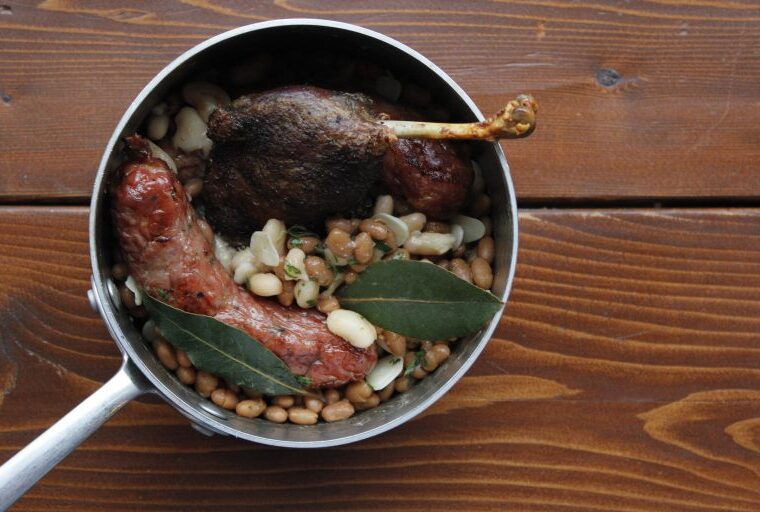
For reds, medium tannins will do. While some tannins are welcome, they play a more important role in the wine you serve alongside the meal than they do in any sauce or stew itself. This is one reason I personally stay away from highly tannic, aggressive cabs in my food, though some would disagree. Inside the dish, too much tannin can be counterproductive to the well-rounded sweetness that you have achieved from cooking something low and slow. Alongside the dish, a wine with good, firm tannin structure can cut the fattiness of the meal between bites. This raises the question: do you have to serve the same type of wine as the one you cooked with in the dish? The answer is, no. That is not to say that some wines couldn’t play both roles. While some wines that would be good inside your dish would also be good for drinking, many wines that are suitable to serve with the meal would not be suitable incorporated in the dish.
- Dry, like the Google search said. We don’t necessarily need bone-dry here in most cases. A few grams per liter of sugar would be not only okay, but desirable. We do want a gentle sweetness post-cook and some potential for caramelization, but we really don’t want anything off-dry or sweet. Earlier, I mentioned that cream or butter sauces demanded a little more acidity from the wine. Due to the caloric density of these sauces, they also have less demand for sweetness and fruitiness. High-calorie sauces can create a sensation on the palate similar to sweetness, and fat needs some more acidity to cut through it. In a sauce beurre-blanc (sauce from Nantes, France commonly served with various white fishes, composed almost entirely of butter and wine reduction), the traditional white wine used is a Muscadet, a bone-dry white wine from the Melon de Bourgogne grape, often featuring a distinct salinity reminiscent of oyster shells, and very little fruit if not the faintest note of star fruit.
- Cheap, relatively. Plan to spend roughly $9-$15 per bottle. One of many factors in the price of wine is the age of the wine. Oak aging makes wine develop new characteristics that make them more complex, sophisticated and enjoyable but also denature much of the fruit characteristics that we want intact for our stews and pan sauces. Oak also adds astringency, vanilla-like flavors, and spice, not all of which lends itself well to cooking. For cooking with red wines especially, I tend to stick to old world wines both for the influence of terroir and for the oak which tends to be less aggressive of a vanilla bomb than American wines, for example.
Now that we’ve broken everything down, let’s answer the question already. Which wines are good for cooking?
For most cooking purposes, I enjoy affordable wines from Southern Europe, especially Mediterranean regions. They tend to offer the right kind of fruit, the right kind of acidity, the right kind of herbiness, and the right kind of savoriness after cooking. There are countless wines that would work great for cooking, so here are some tasty suggestions that are also good enough to drink.
WHITE WINES GREAT FOR COOKING (and drinking)
- Cassagnoles Cotes de Gascogne | France | $13.99 | This Southwest French white blend is made from affordable grape varietals that are sort of flavor-cousins with sauvignon blanc. Ugni Blanc (Trebbiano in Italian), and Columbard, both used in the production of Cognac, impart a zesty citrus quality and notes of gooseberry. This wine is great in any mild dishes such as seafood pasta or pan-roasted chicken. And it’s good enough to drink alongside some pork rillettes from the France 44 Cheese Shop.
- Felines Jourdan Picpoul de Pinet | France | $12.99 | Another southern French varietal “Picpoul.” Bright and acidic, this wine is just the right dryness for cooking, with subtle hints of Mediterranean herbs, lemon, and anise. This wine deglazes and reduces beautifully. Use it in any situation where you need to cut the overall fattiness or oiliness of a dish.
- Sallier De La Tour Grillo | Sicily, Italy | $12.99 | This Sicilian grape, Grillo, is one of the varieties used in the production of Marsala wine. It offers medium-high acidity, a distinct savoriness, and wonderful minerality that will make you think of the Mediterranean Sea. This very affordable white would be equally good in and alongside any seafood dish, especially shrimp. Add it to your next jambalaya.
- Selection des Cognettes Muscadet Sèvre et Maine Sur Lie | France | $14.99 | Made from the Melon de Bourgogne grape, this bone-dry white is ideal for both pairing with and cooking mussels or clams. Sur Lie refers to lie aging, which gives the wine a yeasty, lager-like taste that I personally love in my white wines. Use in dishes that feature briny flavors such as capers, olives, feta cheese, preserved lemons, green peppercorns, or anchovies. And yes, use in a sauce beurre blanc with any white fish and asparagus. If you make this sauce, you’re going to want to get the good stuff, like the Beurre de Baratte available at the France 44 Cheese Shop.
- Albamar Sauvignon Blanc | Chile | $10.99 | This lively Sauvignon Blanc has all the intensity of a New Zealand Sauvignon Blanc, but with less tropical fruit and therefore more versatile in cooking. Use it to add some ripe fruit to your Ropa Vieja with all that zesty bell pepper and olive brininess, which typically calls for white wine rather than red.
RED WINES GREAT FOR COOKING (and drinking)
- Courtois Cote Du Rhone | France | $12.99 | A Classic GSM (Grenache-Syrah-Mourvedre) Rhone blend, this wine gives ripe blackberry and cherry notes and subtle hints of lavender in the background, typical of many CDR’s. This will take your chuck roast to the next level, and just plain tastes…well…pretty freaking good!
- Castaño Monastrell | Spain | $12.99 | 100% Monastrell (or Mourvedre), this Southern Spanish red hits you with a distinct black pepper spice on the nose, and delivers juicy plum and blackberry on the palate. It finishes with sweet licorice, allspice, and baking chocolate. Use this when making Spanish-style braised short ribs.
- Poggio Anima Belial Sangiovese | Italy | $15.99 | Virtually no oak, just juicy Sangiovese. High acidity. Distinctive sweet cherry notes begging for tomatoes. Cut the funk in a puttanesca, or use this Sangio-vay-zay to de-glaze-ay some Bolognay-zay!
- Domaine Roman Pinot Noir | France | $12.99 | Much more affordable than good quality burgundies, this Southern French Pinot Noir is straightforward with bright, red fruit and very subtle oak.
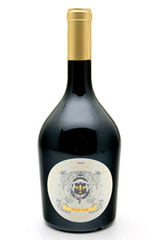
The Classic French recipes Bœuf Bourguignon*** and Coq Au Vin traditionally called for red burgundy in the marinade and during braising. In the old days, pinot noir’s flavor profile of tart, red fruit and forest floor would have played nicely with tough, cheap cuts of beef and capon, the gamy male chicken that was traditionally used in coq au vin. Today, we have access to fresher beef, and capon is not on most people’s grocery lists. Still, modern versions of these recipes live on. Use in any stewed dishes calling for red wine and mushrooms and you’ll be glad you didn’t drop $30 for a “cooking wine.” Oh, and if you’re feeling German, and you used this for sauerbraten, that wouldn’t be a bad thing either.
***Pro tip. Bœuf Bourguignonne typically starts with rendering lardons (cubes of fatty pork such as belly or bacon) to add fat and flavor to the dish that traditionally used leaner cuts of beef. If you are ever interested in trying this technique, ask your friendly France 44 Cheese Shop meat-monger to hook you up with a hunk some house cured bacon (the best bacon in the world) for your recipe. They can also recommend the perfect cuts of beef, lamb, pork and chicken for any of your dishes. France 44 Cheese Shop features lots of great meat sourced from local farms such as:
- The Lamb Shoppe Hutchinson, MN
- Pork and Plants Altura, MN
- Peterson Limousin Beef Osceola, WI
- Ferndale Farm Cannon Falls, MN
DRY SHERRIES GREAT FOR COOKING
- Lustau Manzanilla ‘Papirusa’ 375ml | $11.99
- Grant La Garrocha Fino 375ml | $13.99
With its natural aromatics, sherry plays well with briny flavors such as olives and sweet citrus notes such as orange zest. It can enhance the nuttiness and depth of caramelized onions or toasted almonds while also providing acidity and complexity. Sherry also seems to have a way of bringing out the “golden brown & delicious” flavor in cooking. Though used frequently in Spanish cuisine in dishes such as Paella or Picadillo, sherry can also be used to add dimension to Chinese-inspired stir-fry dishes and marinades. I never make chicken stock without it, and it can also give some extra punch to a French onion soup (any dry fortified wine works beautifully here).
So, there you have it—one guitar-playing drum-smacking culinary grad’s breakdown of what makes certain wines give your dishes a little something extra! Some of these ideas are traditional, and some are my own personal take on flavors and why we balance flavors the way we do. Whatever wines you choose, I hope you have enjoyed taking this little journey with me through the delicious world of food and wine. And just maybe, this blog has given you new perspectives on cooking with wine, or even inspired you to try some new recipes and do some experimenting of your own. Have fun in the kitchen, and enjoy the weather!
